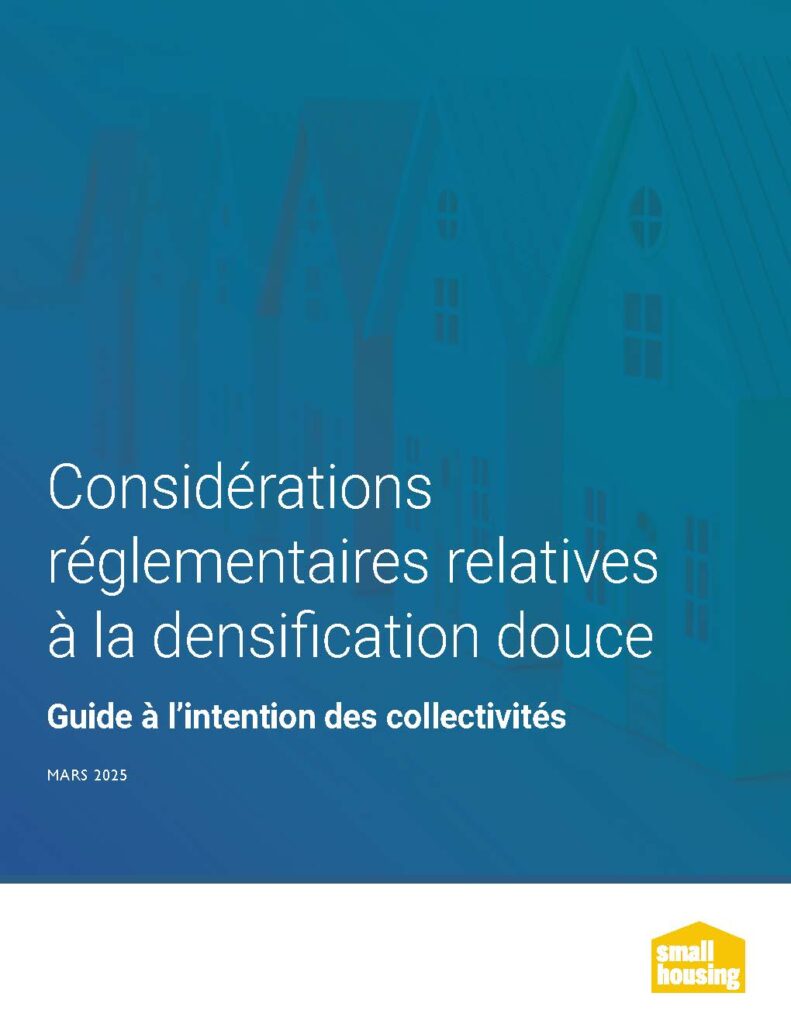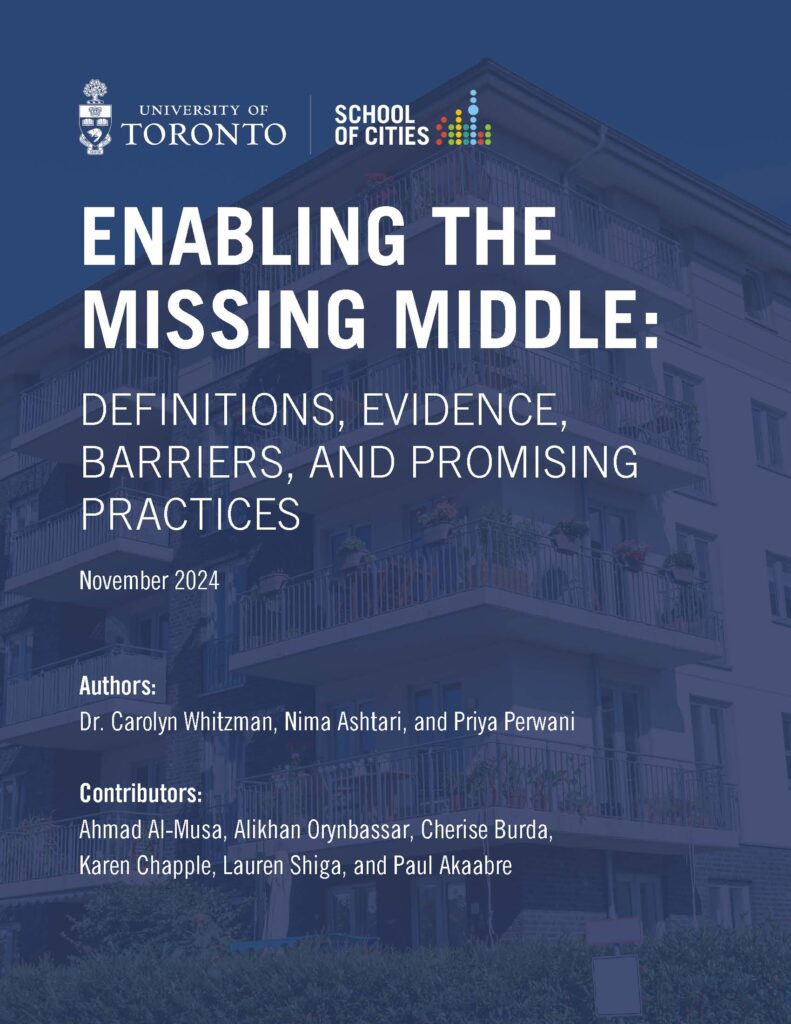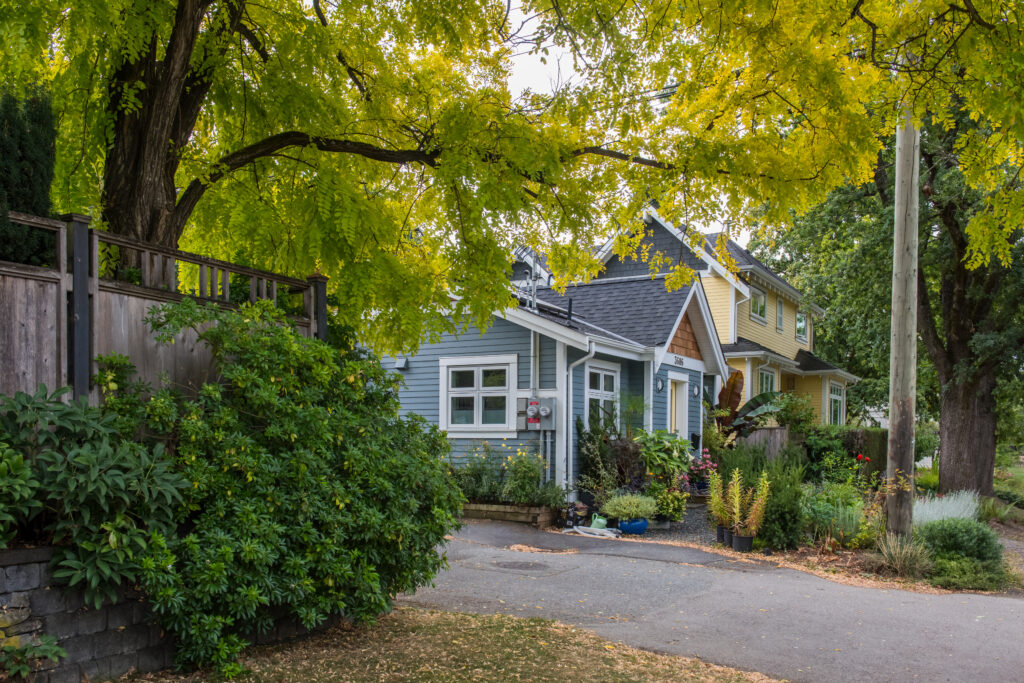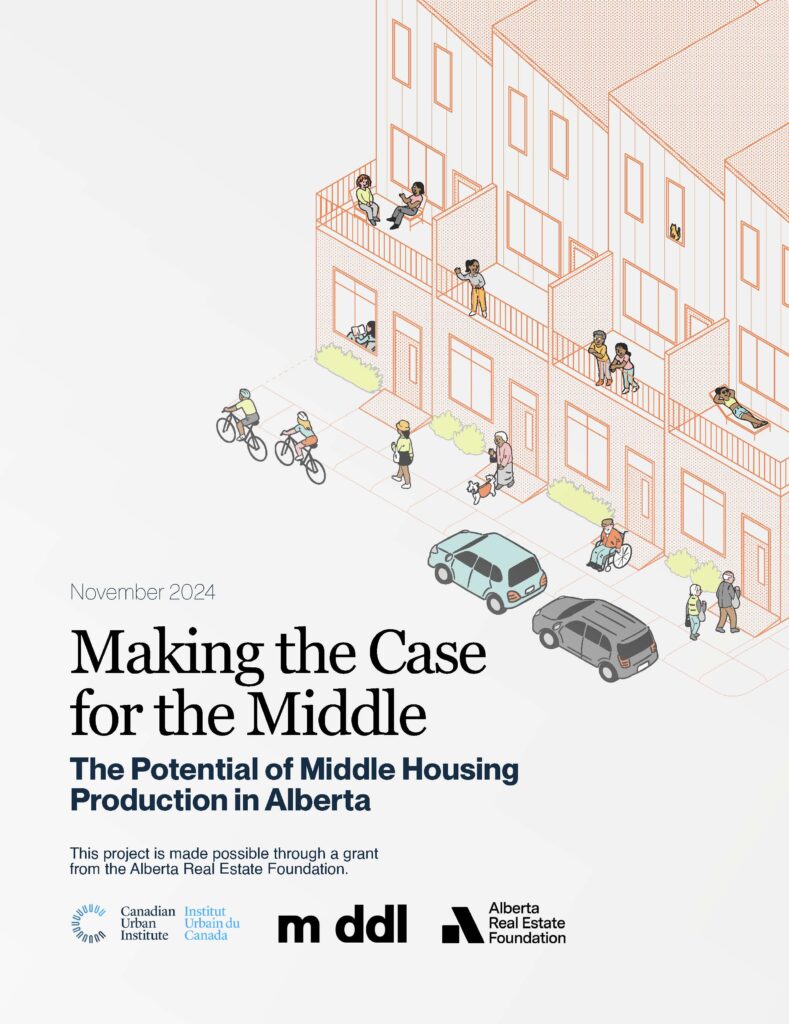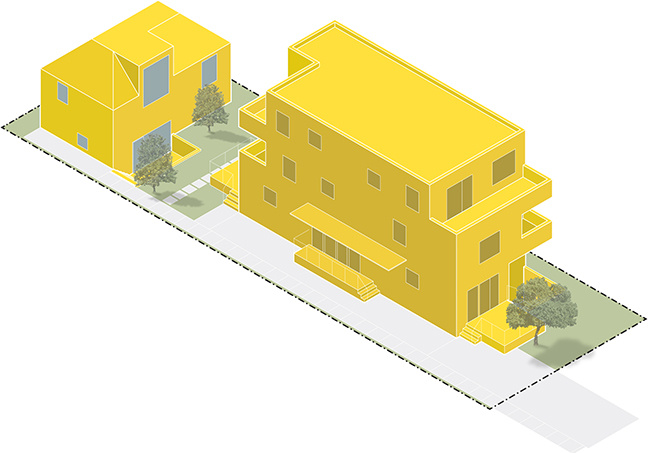Discover why taxes and fees on new homes are driving up housing costs—and what we can do about it.
Small Housing is proud to partner with About Here on a compelling new video explainer: The Housing Tax Crisis. This short, engaging video sheds light on one of the least understood drivers of rising housing costs—development charges, fees, and taxes on new housing.
In cities like Vancouver, these costs can account for up to 20% of the price of a newly built home. Often referred to as “development fees,” these charges go beyond infrastructure—they frequently fund public art, parks, and amenities that may not directly support new housing supply.
Gentle density housing, including laneway homes, multiplexes, and infill projects, is being hit hardest. These are the exact types of housing our cities need to address the housing affordability crisis.
This video unpacks:
- Why these charges exist and how they’re calculated
- The impact on small-scale housing development
- How we can reform the system to be more fair, transparent, and effective
Whether you’re a homeowner-developer, city planner, or housing advocate, this explainer offers essential insights into how our financing system can better support attainable, ground-oriented homes in our neighbourhoods.
